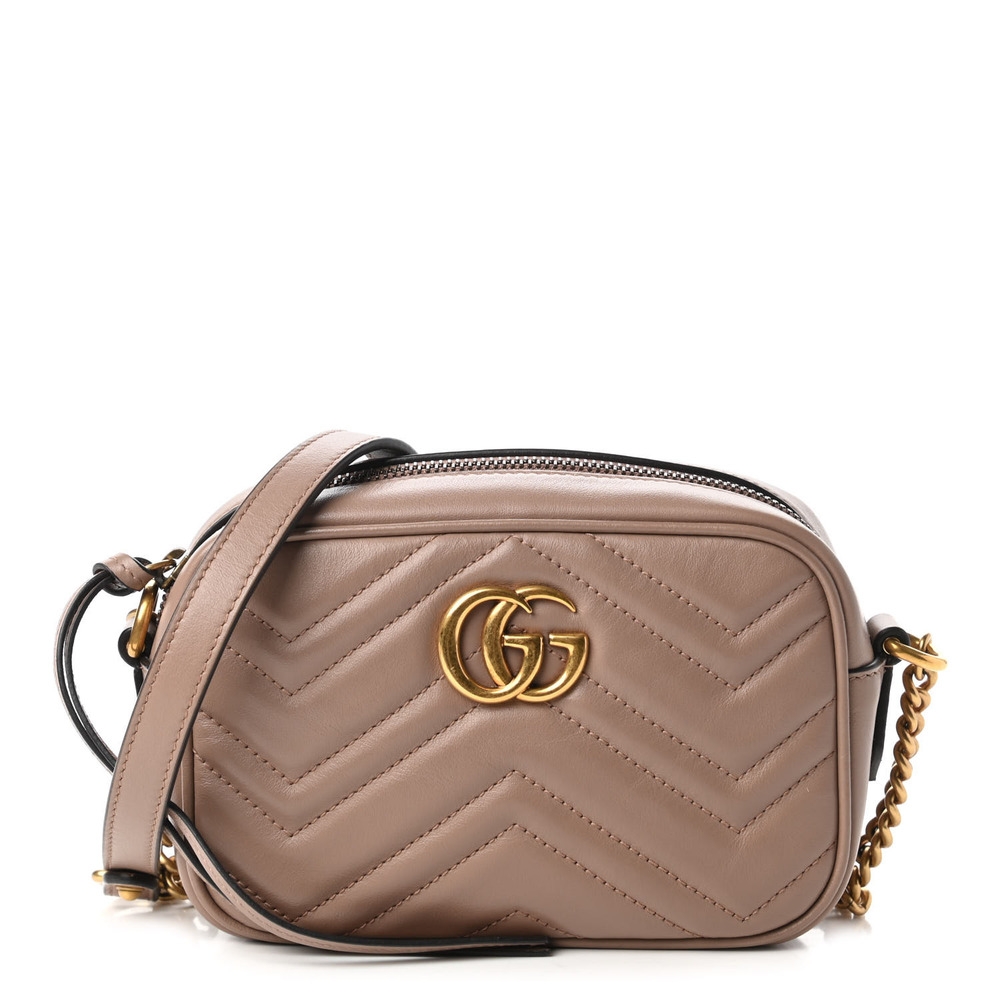Courting the Masses: How Luxury Targets the Non-Wealthy
 The enigma of luxury has always been its exclusivity—the idea that only those in the upper echelons of society can aspire to its grandeur. Yet, in today’s global marketplace, luxury brands are playing a game of paradox, casting a seductive spell on aspirational consumers without the sizable bank accounts historically required to partake in the luxury lifestyle. This transformation in the luxury market isn’t just redefining traditional luxury economics; it’s reshaping consumer behavior and marketing strategies worldwide.
The enigma of luxury has always been its exclusivity—the idea that only those in the upper echelons of society can aspire to its grandeur. Yet, in today’s global marketplace, luxury brands are playing a game of paradox, casting a seductive spell on aspirational consumers without the sizable bank accounts historically required to partake in the luxury lifestyle. This transformation in the luxury market isn’t just redefining traditional luxury economics; it’s reshaping consumer behavior and marketing strategies worldwide.
The New Face of Luxury Consumerism
Once upon a time, luxury was synonymous with unattainable and elite. Today, a luxury purchase can be as much an expression of an individual’s values and aspirations as it is their economic background. The allure of luxury is about more than just the product; it represents membership in an exclusive club—the dream of a lifestyle and identity that transcends social class.
Consider the rise of ‘mass-tige’ brands, which blend the diversity and scale of mass-market operations with the exclusive image of luxury. These brands promise quality and design associated with high-end products but at a price point and accessibility that resonates with middle-class consumers. This form of luxury has become a ladder for consumers to scale, indulging in the trappings of wealth without the accompanying six or seven-figure salary.
The Luxury Mindset
Understanding the psychology behind luxury consumption is crucial to tapping into new markets. It’s not just about owning a product; it’s about fulfilling a desire for status, belonging, and self-expression. For many, luxury goods signify personal achievement, cultural belonging, or an investment in quality that is timeless and transcendent.
The narrative luxury weaves is rich and multi-layered, often tying back to emotional fulfillment and the vision of an ideal life. Brands that can craft a compelling story around their products, one that aligns with the consumer’s personal narrative, can win the hearts and wallets of a much wider audience.
Successful Examples of Wider Luxury Market Penetration
Notable brands have paved the way for this shift in luxury consumerism. Companies like Michael Kors, Coach, and Burberry have all capitalized on the aspirational market with remarkable success. By offering a range of products that includes lower-priced items alongside https://beroma.is/wp-content/uploads/2024/01/ee8bb98c383a6735c207a671203dbe6c-1.jpg high-ticket pieces, they’ve managed to secure a loyal customer base that appreciates the brand’s heritage and aesthetic without the steep cost typically associated with luxury buying.
Strategies Employed by Luxury Brands
The emergence of a consumer base with diverse economic backgrounds necessitates a rethinking of traditional luxury marketing. Luxury brands are now tasked with walking the tightrope of expanding market share while maintaining the allure of exclusivity. Central to this balancing act are innovative marketing strategies that capture the attention of both the wealthy and the striving.
Accessibility is Key
Luxury has redefined what it means to be accessible. It’s no longer limited to a physical store in an affluent neighborhood, but a presence that is available and welcoming in various consumer spaces. Online platforms, pop-up shops, and collaborations have all played a part in democratizing luxury, making it more attainable without diluting its aspirational qualities.
Building an Inclusive Community
A luxury community should be just that—luxurious. It should offer members a sense of belonging and participation in something grand. Luxury brands that understand this are creating inclusive communities around their products, encouraging engagement through events, social media, and content that reflects a diversity of consumers.
Inclusivity in luxury marketing requires a delicate touch, as brands must be genuine in their efforts to reach out to non-traditional luxury consumers. Conversely, consumers must feel that their participation isn’t just a marketing ploy, but a genuine extension of the brand’s values and culture.
The Digital Luxury Landscape
The champion of the luxury renaissance is arguably digital marketing. The online sphere provides both opportunity and challenge, making luxury more accessible while also making it more visible and, potentially, less exclusive.
Luxury in the Age of Influencers
Influencer marketing has proven a potent tool for luxury brands, allowing them to reach new audiences and foster a more approachable image. By partnering with influencers who align with their values and resonate with their broader consumer base, luxury brands can tap into the trust and aspirational lifestyles these influencers represent.
Creative Across Multiple Platforms
From Instagram stories to YouTube vlogs, luxury brands are exploring a range of digital channels to showcase their products and connect with consumers. These platforms not only offer a glimpse into the luxurious world of a brand but also provide an interactive space where consumers can feel like they are part of the narrative.
For luxury brands, the challenge is to maintain the high-quality, high-touch experience that is expected, even in the digital realm. Making consumers feel special and attended to is a challenge in a space where personalization and one-to-one engagement can be difficult to achieve on a large scale.
Navigating the Pitfalls of Luxury Inclusivity
While the opportunity to expand into new consumer markets is a tantalizing prospect, luxury brands must tread carefully. The risk of losing touch with core affluent consumers while failing to resonate with the aspiring segment is real.
Balancing Accessibility with Exclusivity
The heart of luxury is exclusivity, and it remains a defining feature of the industry. Luxury brands must carefully manage their accessibility strategies to ensure they do not over-saturate the market or dilute their prestige.
This can be done through limited editions, exclusive events, and personalized services that remind lower-end consumers that luxury is a world apart and not merely a price-point.
Authenticity above All
Inclusion for inclusion’s sake can be transparent and turn off consumers who value authenticity. Luxury brands must be true to their roots and stay committed to their core offerings and values beroma.is while navigating the expanding market.
Maintaining authenticity means staying true to the craftsmanship, quality, and heritage that define the luxury brand. These are the pillars upon which inclusivity and accessibility should be built, rather than compromised.
The Future of Luxury in an Evolving Marketplace
The luxury sector is at a crossroads, with new consumer behaviors and economic landscapes requiring a reimagining of what it means to be exclusive. The trajectory points toward a more inclusive luxury, where economic background is less important than personal significance and value alignment.
Luxury brands that can master the art of extending their offerings without sacrificing their core identity will set the pace for the industry. The modern luxury consumer is sophisticated, values-driven, and aspires to a lifestyle that is rich in experience and significance, not just expense.
In Conclusion: Courting the Masses, Sustainably
The pursuit of inclusivity by luxury brands is transforming what was once an industry for the wealthy elite into one that caters to a broader spectrum of consumers. It’s a thrilling time to be a part of the luxury market, as the boundaries of aspiration and exclusivity are redrawn.
To ensure a sustainable and successful future, luxury brands must continue to innovate and adapt without compromising on the quality, craftsmanship, and identity that have defined luxury for centuries. The new task is to make luxury not only desirable but attainable—and thoroughly enjoyed—by the many.
This renaissance in luxury marketing is a shared experience, a conversation that we all have a role to play in shaping. I invite you to join the dialogue and share your perspectives on this shifting landscape. How has luxury marketing affected your consumer behavior? What do you think luxury brands could do better to engage with a more inclusive audience while maintaining their prestigious image?
The debate is rich, the stakes are high, and the potential for growth and change is immense. The future of luxury belongs not just to the wealthy but to the dreamers, the achievers, and the discerning consumers who seek a slice of opulence in their everyday lives.

